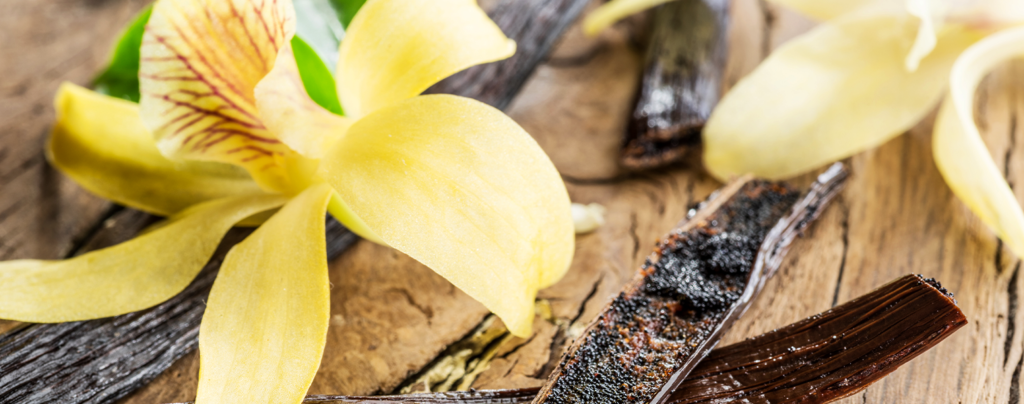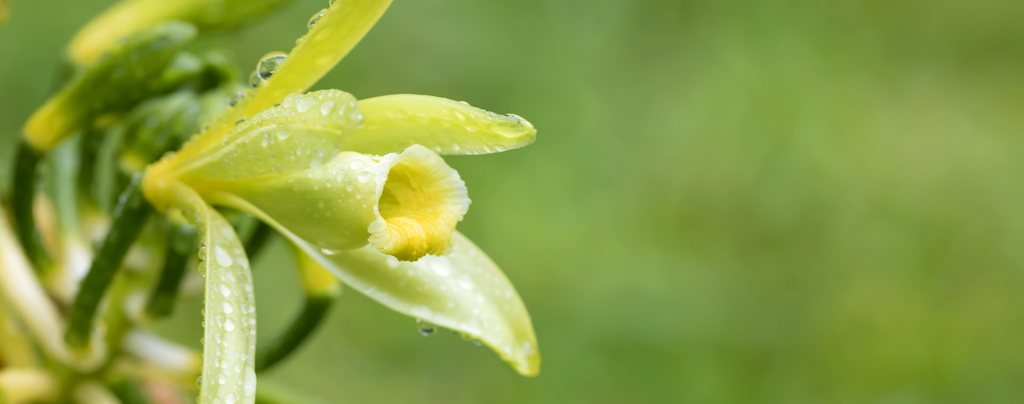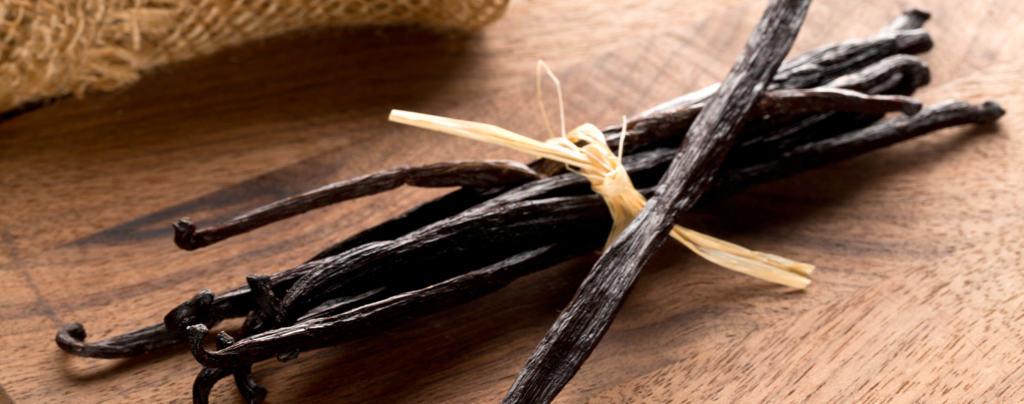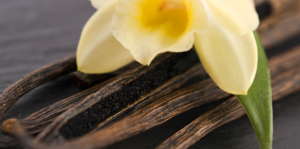Growing vanilla orchids is an incredibly rewarding gardening project. While they do take a long time to develop, the end result is incredibly satisfying: your own homegrown vanilla beans! Overall, the required maintenance for growing vanilla orchids in Fort Lauderdale is pretty minimal, so if you’re willing to wait it out, you’ll be in for some delicious natural vanilla to use in all sorts of sweet dishes. Here’s how you can get started.

The First Steps To Growing Vanilla Orchids
We’re really lucky to have such a warm, humid climate—perfect for growing this much-loved delicacy! In most regions, you’d need a perfectly temperature-controlled greenhouse to grow these tropical orchids, but in Southern Florida, conditions are just right.
If you want to start growing vanilla orchids at home, you won’t be able to start them from seeds. Ideally, you’ll want to get your hands on a small potted V. planifolia baby plant, or a large cutting. Vanilla orchids are vining plants, so you’ll want to plant them at the base of a trellis or similar structure that they can climb up. Find a spot outside that gets some partial shade and indirect sunlight, possibly underneath an awning or a tree canopy. Try not to cramp them too close to other plants, because vanilla orchids prefer good air circulation.
Vanilla orchids are semi-epiphytic, meaning they can be grown in soil, or as air plants. Ideally, a growing medium that’s loose and airy will work best. Bark mulch or very light, loamy soil is ideal.

Vanilla Orchid Care
Truthfully, the amount of effort you need to put into vanilla orchid care is pretty minimal. Fertilizer? Don’t really need it. Pruning? Barely! Water? Eh, not really, unless we’re going through a serious drought. Since they’re semi-epiphytic, they have aerial roots that will soak up moisture from our humid air all on their own. Plus, they’ll need a two-month dry spell to start flowering, so you don’t want to stunt flower production by giving them too much water. Their beans are also sensitive to rot from too much moisture, so it’s in your best interest to just leave them be.
It will take quite a while for your vanilla orchid to mature and begin producing flowers—usually about four years. Once the stem has reached a diameter of around half an inch, it should be good to go. As it grows longer, you’ll want to loop the stem around the trellis. This helps stimulate root development, which leads to a stronger, healthier vine.
The one thing you’ll need to be diligent about is helping the flowers pollinate. Vanilla orchid flowers only last for about a day, and they need to be hand-pollinated, so as soon as you notice the flowers beginning to bloom, you should get out their ASAP with a small paintbrush and spread pollen across the blossoms. The plant will continue to produce flowers for about two months, so if you get out there every day or two to quickly help pollinate, you’ll have a pretty significant bean yield by the end of the season.
Flowering can also be maximized by a tiny bit of pruning. Nipping off the apexes from mature, looped vines will stimulate the growth of new flowers. Then, once it has finished flowering, the plant will begin to produce vanilla beans, which are actually the fruit of the plant.

Harvesting and Using Homegrown Vanilla Beans
Once again, you’re in for another long wait as the beans take about nine months to mature. However, considering most vanilla on the market is artificial, and the real stuff can get pretty expensive, it will be well worth the wait to grow your own. What could be more artisanal than baking or making extracts from homegrown, organic vanilla beans?
Once your beans are ready for harvest, you’ll need to dry them and cure them before you can use them for cooking. But once that process is done, all you need is a bottle of standard-proof vodka to soak the beans in, and soon you’ll have your own homemade vanilla extract. Alternatively, you can split the beans lengthwise and scoop out the fragrant black seeds to add directly to your recipes. Your cookies, cakes, and flavored syrups will be the envy of everyone else at the neighborhood bake sale!
If you’d like to begin growing vanilla beans at home, visit Living Color Garden Center, and we’ll help you get started on cultivating these fabulously fragrant flowers.

